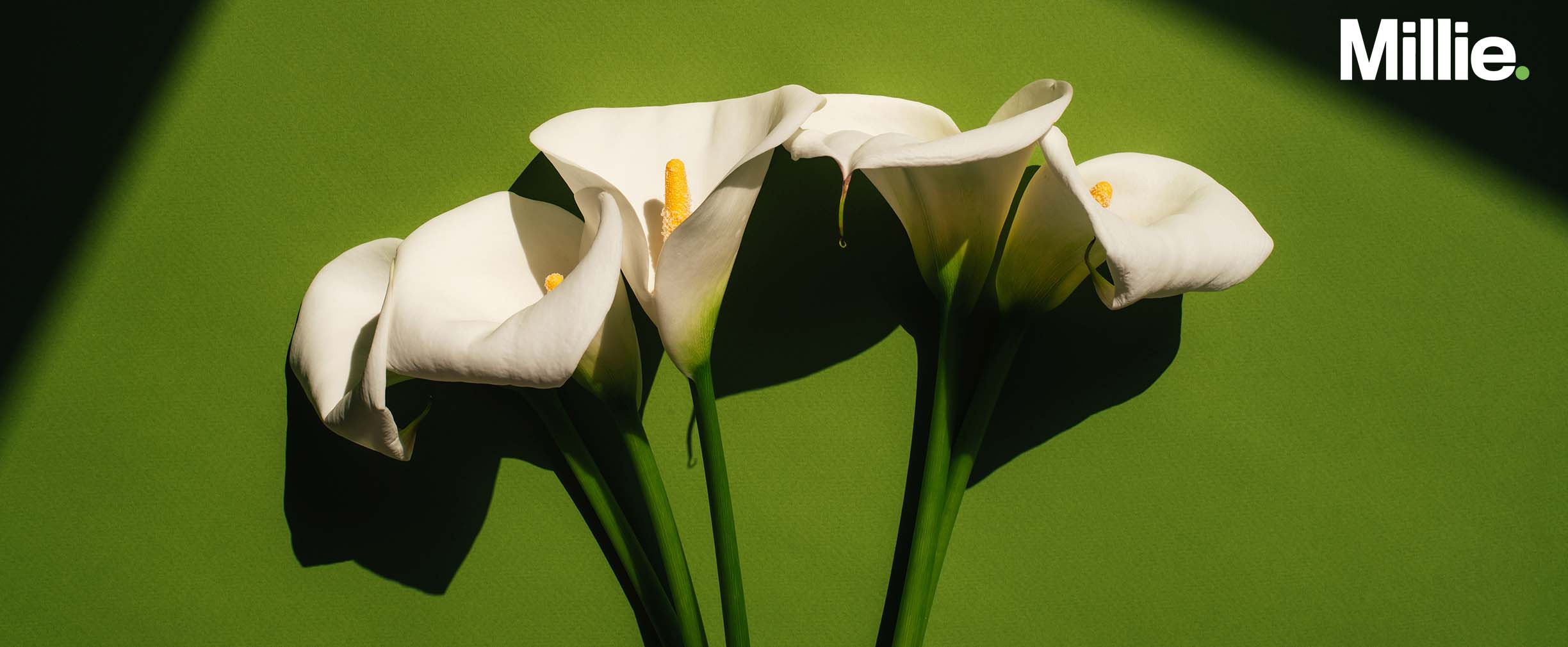Morbid money: So, how much does a funeral cost?
The short answer: a lot. Here’s how to prepare for yours and ease the financial burden for those you’re leaving behind.
By: Patty Onderko
Millie, a content program about women and money, is licensed from Dotdash Meredith, publisher of Real Simple, InStyle, Investopedia, The Balance and more.
We plan everything—from weddings and birthdays to baby showers and reunions. We know what kind of flowers, music, food and decor we want. So why do we leave perhaps our biggest celebration—ahem, our funeral—to chance?
Sure, you’ll be dead (yes, dead! Let’s get used to saying it, shall we?), but planning ahead will significantly ease the emotional and financial stress put on your friends and family. And what kind of host would you be if you didn’t put your guests first?
So, let’s get event planning! There are so many ways to mark the end of a life, says Ellen Wynn McBrayer, a funeral director based in Georgia.
“Don’t be afraid to go and talk to a funeral director about all the options you have, even if you’re young and healthy or just curious,” she says. “It’s our job to help people at all stages of life feel comfortable with what happens after death.”
And don’t be shy about discussing pricing either, Wynn McBrayer adds. As with any event, cost is a primary factor. “People don’t talk about the financial aspect of funerals, but they should,” says Wynn McBrayer. After all, they’re not cheap.
Nationwide, the median cost of a funeral with a casket and burial in 2023 was $8,300, according to the National Funeral Directors Association. Note that this varies wildly depending on where in the country you’re located. That’s still a lot of dough, so let’s break it down. All prices below are national median costs from the National Funeral Directors Association’s (NFDA) 2023 Member General Price List Study.
The body
When it comes to what will happen to your body (getting squeamish yet?), you have three main options, though some rules will vary depending on where you live.
Traditional burial
If you opt for a traditional burial, your body will be buried underground in a casket—and may or may not be embalmed depending on the kind of service you want (like an open-casket viewing). This is the most expensive option of the bunch because you have to pay for the casket (which has a median cost of $2,500, yikes!) and often an outer receptacle, known as a vault, that houses the casket to keep the ground from settling (it varies, but the median is $1,695). Then you have the service fees—such as the typically non-negotiable funeral home base rates—which are paid to the funeral home and can add up to a median of $2,459. And no, this isn’t the cost of the actual burial service or memorial—see below for that. Not to mention fees for refrigeration ($85 per day), getting your remains to the funeral home ($395) and transportation to the cemetery via a hearse ($375).
Total (national median): $7,509
Green burial
For more eco-minded individuals, depending on where you’re located, you can choose to have a “green” burial in which your unembalmed body is buried in a biodegradable casket or shroud in an environmentally friendly cemetery or area. This option is significantly cheaper. You’ll still have to pay for the casket, but that median cost is only $1,500 (not as bad, right?), and to get your remains to the funeral home ($395). You’ll also need to shell out the same $2,459 service fee and pay for refrigeration (about $100 per day—slightly more expensive due to the lack of embalming) and transportation to the burial site ($375).
Total (national median): $4,829
Cremation
Lastly, you can forego a burial altogether and have your body cremated (that is, burned to ash). You can then choose to have your cremated remains buried in a cemetery, kept in a columbarium (a building that houses urns), given to your loved ones (typically in an urn) or scattered in a non-cemetery location. This, of course, depends on what’s allowed in your home state. For this option, you’ll need to pay for having your body brought to the funeral home ( $395), the casket you’re going to be cremated in ($1,310), the cremation itself ($400), the urn ($295) and that service fee (still $2,495).
Total (national median): $4,895
The service
Once your body is taken care of, you still have the big event to plan (and pay for)! For this part, you generally have two options (or a third, where you can decide no service is more your style or request a less traditional, more affordable send-off—like a small gathering with pizza).
Funeral
A funeral is a ceremony or service with the body present. If you choose to have an open casket (that median cost ranges from $995–$3,000, depending on where you live), you’ll need to have the body embalmed ($845) and prepared for display ($295 for grooming, dressing and makeup). You’ll also have to pay for the facility where the viewing and ceremony are taking place ($475 for viewing and $550 for the ceremony), any printed materials used ($195) and catering ($300). After the funeral, the body is buried or cremated.
Total (national median): $2,660 plus the open casket fee
Memorial service
If you don’t care about having your body present, you can just have a ceremony or service—and will likely only need to pay for the facility (median cost: $550), printed materials ($195) and catering ($300).
Total (national median): $1,045
Tips for keeping costs low
Depending on your choices and your location, you could easily spend more than $10,000 on your last hurrah. But you don’t have to, says Wynn McBrayer. While the above prices reflect median costs, there are less expensive options (some biodegradable wood caskets start as low as $300, for example)—and you can opt-out of embalming and all the extra bells and whistles.
While you’ll obviously need professional help when it comes to traditional or green burials and cremations, a memorial service can be entirely DIY. Wynn McBrayer remembers how one family honored their father—a comically bad but eager grill master—with a group BBQ in which each of his children manned a grill. If you have ideas for your service (a Prince dance party in your honor, for example, or a potluck picnic in the local park), you can specify them in your will.
But the best way to ensure your wishes are carried out? Pay for them in advance, of course. Setting aside money in your will for death care is not always the best option, often because your estate must go through probate before it gets to your heirs. Since that can take up to a year, your loved ones will be on the hook for funeral costs. You can, however, specify in your will that a certain amount of your life insurance payout be used for death care. Another option is a payable-on-death bank account, which is payable to a beneficiary only upon your death and can be used for your end-of-life party.
Patty Onderko is a writer and editor who has covered health, parenting, psychology, finance, travel and more for 20 years. She lives in Brooklyn with her wife and two sons.
Three things to do:
- Learn how to protect your family by purchasing a life insurance policy.
- Read these tips on ensuring the transfer of assets after your death.
- Find out how to make estate planning a family affair.






